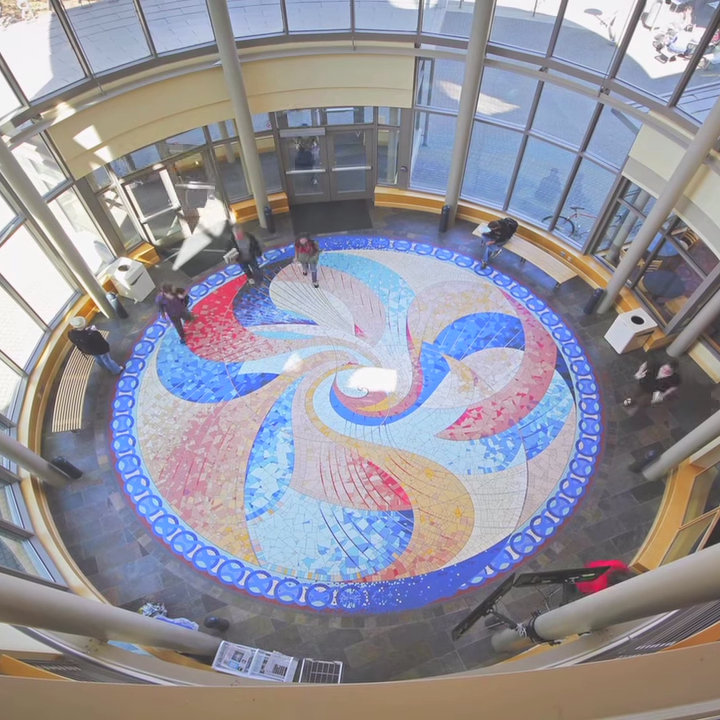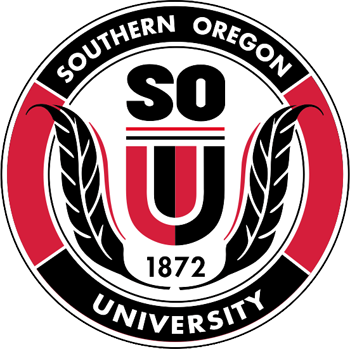
SOUTHERN OREGON UNIVERSITY (SOU)
Southern Oregon University, formerly known as Southern Oregon College (SOC) and Southern Oregon State College (SOSC), is a 4-year public liberal arts college located in Ashland, Oregon. They were first known as Ashland Academy, founded in 1872, and later evolved into Southern Oregon University, established in 1926. The university's website states that there are currently about 6,098 students enrolled and that “the faculty and staff at Southern Oregon University are dedicated to your success at every level. Our programs are challenging, creative and practical. Students connect what they learn with the community through internships, capstone projects, and research.”
“SOU provides career-focused, comprehensive educational experiences to over 6,200 students. Along with an emphasis on student success and intellectual growth, SOU is committed to diversity, inclusion and sustainability. Theoretical and experiential learning programs provide quality, innovative experiences for students. At SOU, students build strong community connections through internships, mentorships, field studies, capstone projects, volunteer opportunities and civic engagement.”
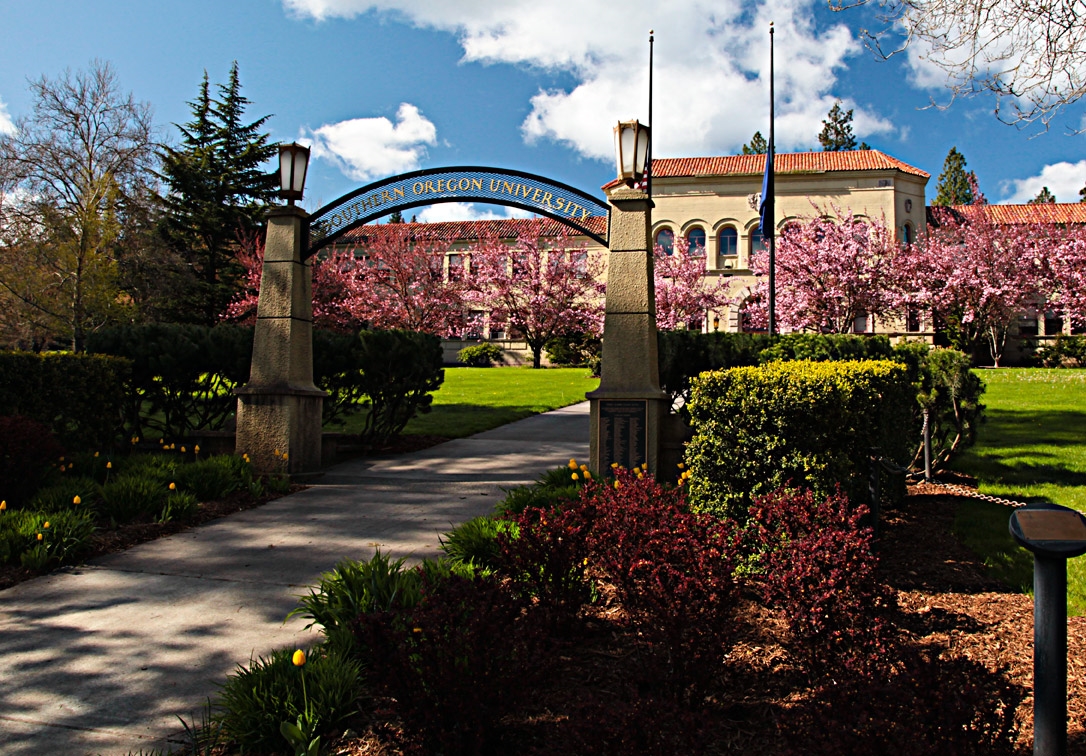
Mission
“Southern Oregon University is a regionally-engaged learning community committed to being the educational provider of choice for learners throughout their lives. We inspire curiosity and creativity, compel critical thinking, foster discovery, and cultivate bold ideas and actions. We achieve student success, professional preparation, and civic engagement through service excellence, evolving technologies, and innovative curriculum. We foster access, equity, inclusion and diversity in thought and practice. We prepare our learners to be responsible, engaged citizens in our democracy. We promote economic vitality, sustainability, cultural enrichment, and social well-being in our region, the state, the nation, and the world.”

Mission Statement
Southern Oregon University wants to refine and conserve the university as “an inclusive campus community dedicated to student success, intellectual growth, and responsible global citizenship.”
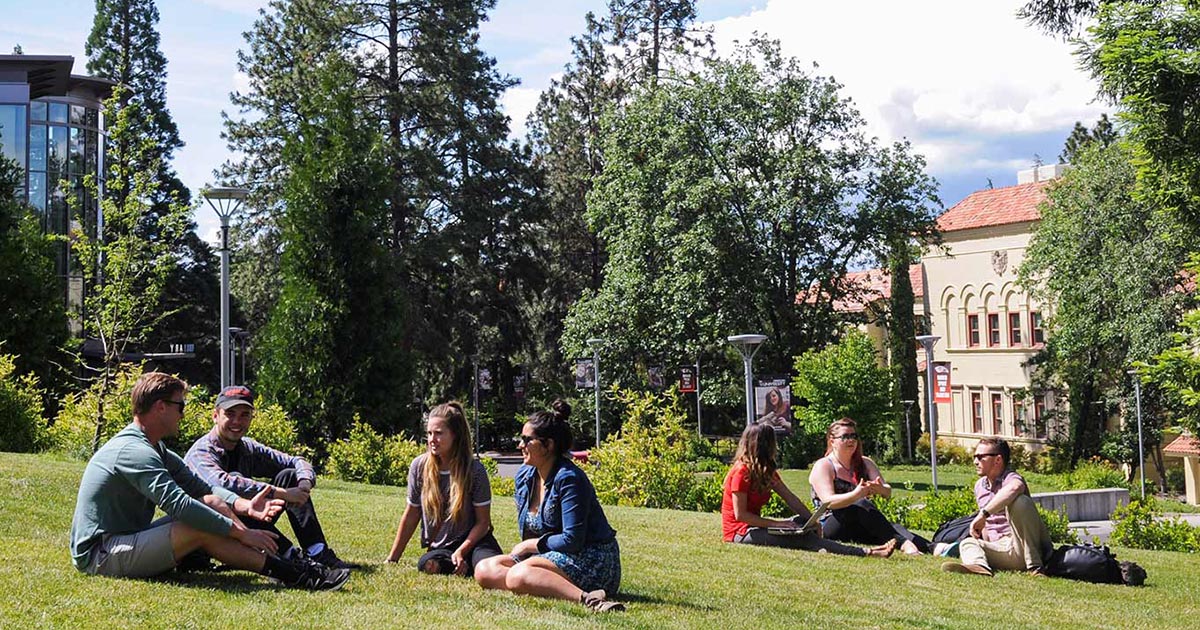
Commitments
Southern Oregon University is committed to....
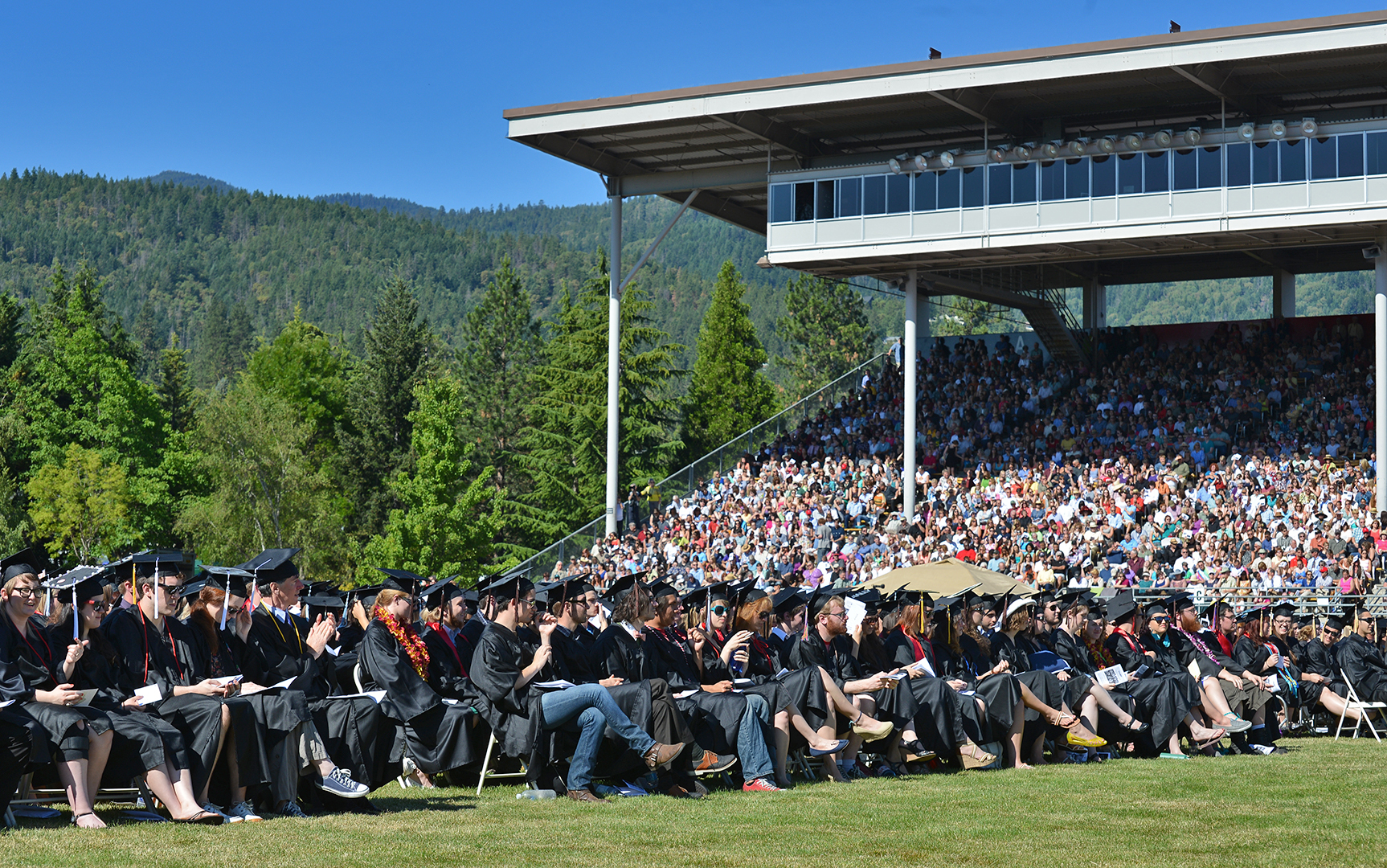
Vision
“Southern Oregon University will become an inclusive, sustainable university for the future that guides all learners to develop the knowledge, capacities, and audacity to innovate boldly and create lives of purpose.”
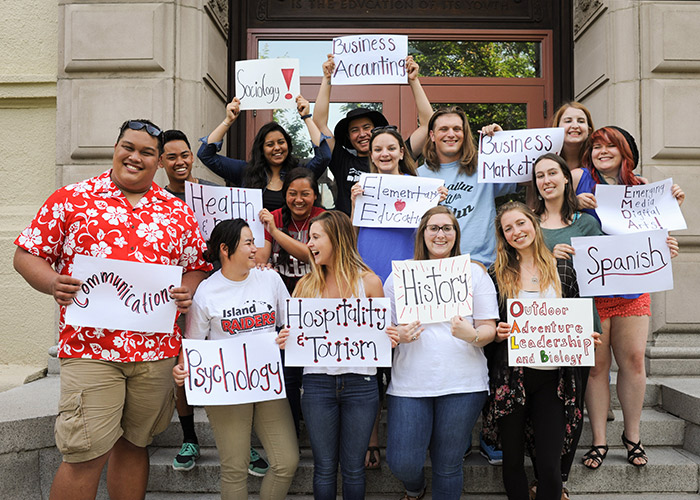
Values

Strategic Directions
Southern Oregon University plans to....

My Description
Southern Oregon University seems to be an incredible public liberal arts college that integrates itself with both the beautiful, vibrant nature of yesterday surrounding it and the unique components that make up the modern society of today, offering a variety of programs taking up countless categories such as art, computer science, history, business, philosophy, criminology, music, natural sciences, ethics, and economics. As I stated before, Southern Oregon University is located in Ashland and every year, the city gets 21 inches of rain, 3 inches of snow, and 75 days with any measurable precipitation. The elevation in Ashland is around 2,000 feet and there are 198 sunny days per year on average. Also, the average highest temperature in July is 88 degrees while the average lowest temperature in January is 30 degrees in Ashland. Southern Oregon University is surrounded by beautiful landscape made up of bright green grassy hills, gorgeous trees, and arresting mountains with snow visible at their peaks. At the university, there is also a recreation center named Raider Rec that offers various recreational activities that are student-focused, such as club sports, Executive Club and Sports Council (ECSC), and intramural sports. Both on-campus housing and off-campus housing is offered at Southern Oregon University, which is a big deal that many students look out for when searching for their dream college. There are four residence hall options for Southern Oregon University students on-campus while the off-campus student apartments (and family housing) are conveniently located only two blocks away from campus, housing over a total of 200 students, faculty, and staff (including any family staying as well). Lastly, the size of the Southern Oregon University campus is approximately 175 acres and Ashland, Oregon is 6.6 square miles. Overall, SOU makes itself out to be a really strong and unique college, located in a nice place away from all of the concrete jungles, who likes to set the bar to the sky and achieve the best that they possibly can for themselves and their students.

Ashland, Oregon
Ashland is a stunning city located in Jackson County, Oregon that lies along Interstate 5 approximately 16 miles north of the border of California and is near the south end of the Bear Creek Valley, a branch of the Rogue Valley. It will be very nice to attend a nearby college because I will be able to continue staying with my family and just drive back and forth each day I have to go.
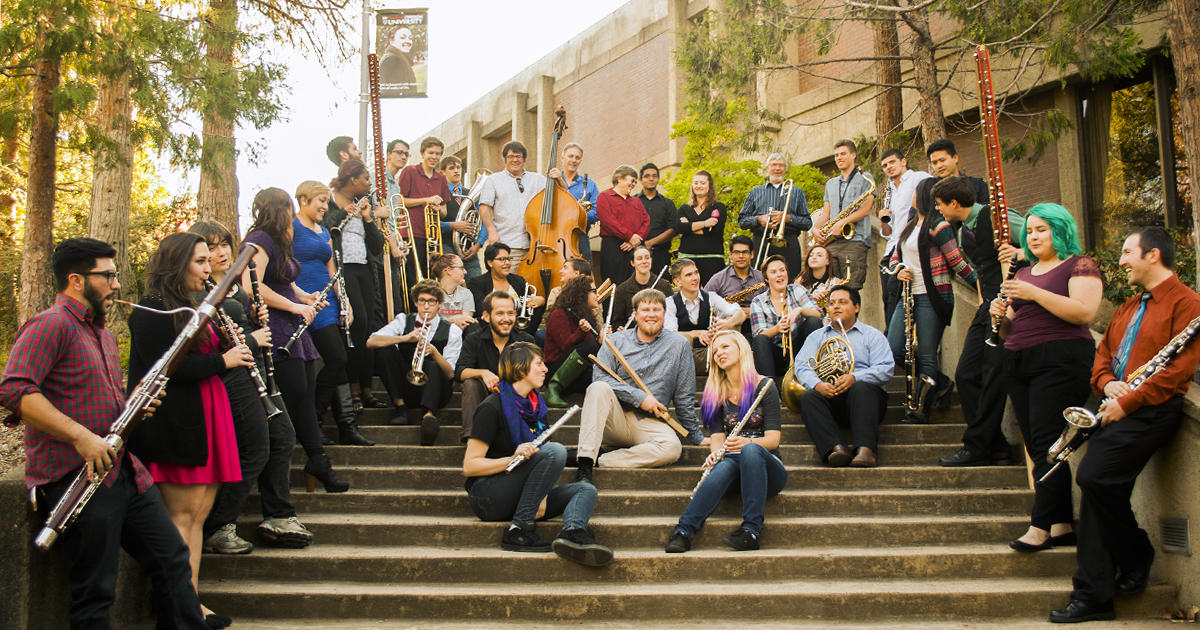
Student-Teacher Ratio
The student-faculty ratio at Southern Oregon University is as small as 21:1 and the school has 46.3 percent of its classes with fewer than 20 students, which is amazing for those like myself who really enjoy learning in a more focused environment that allows the students and instructors to connect more closely and fully grasp the concepts discussed in class. Southern Oregon University attendees “often mention the benefits of small classroom sizes, accessibility to faculty, ability to apply learning to real-world situations and specialized academic interests, and living in a community with a great climate and amazing choices of activities, events, and the pursuit of interests.” — Inside Southern Oregon University.

Number of Applicants

Admission Considerations
|
Required Required Required Recommended Required Required - - - - - - - - - - - - - |
Secondary School GPA Secondary School Record College-Preparatory Program Completion Formal Demonstration of Competencies Admission Test Scores (SAT/ACT) TOEFL (Test of English as a Foreign language) Letters of Recommendation Essays Writing Samples Resume Demonstrated Interest Extracurricular Commitment Class Rank Grades in All Courses Courses Taken Admission Test Scores Strength of Curriculum Personal Statements Grades in College Prep Courses |

Scholarship Opportunities
|
$2,700/yr $2,400/yr $2,100/yr $5,000/yr (Varies) (Varies) |
Laurels Scholarship Churchill Scholarship Provost Scholarship Diversity Scholarship Departmental Scholarships Southern Online Scholarship Application |

Undergraduate Program
The undergraduate program that I intend to enter and complete is the “Emerging Media and Digital Arts” program at Southern Oregon University, which offers a “Bachelor of Arts / Bachelor of Science Major”. If I had to choose which exact major, I would go with the “Bachelor of Arts Major” at Southern Oregon University through their “Emerging Media and Digital Arts” program because I want to put more focus into the “art” side of design for digital media instead of the “science” side.
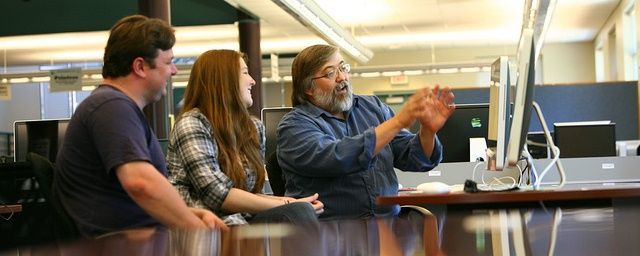
Academic Major
I will major in “Emerging Media and Digital Arts” at Southern Oregon University by earning my “Bachelor of Arts” degree in EMDA with an emphasis on the creation and evaluation of digital media. The requirements for the major consist of fulfilling baccalaureate degree requirements and completing a minimum of 56 credits in EMDA courses and related approved courses with a cumulative grade-point average of 2.75 or better. The EMDA courses require 16 credits from foundation courses, 4 credits from a writing course, 4 credits from a theory course, 8 credits from projects in digital media, 8 credits from capstone courses, and 16 credits from upper division elective courses. I will have to keep all of these requirements in my head while attending the college and efficiently working hard towards my degree and major.
“The major in Emerging Media & Digital Arts combines interdisciplinary research and activity with a range of technical skills for the creation and evaluation of digital media. EMDA majors engage in all stages of the production process while working with university and community partners to develop best practices for digital media in our society.”
Academic Degree
I plan to get my “Bachelor of Arts” degree in “Emerging Media and Digital Arts” at Southern Oregon University and I will be working towards that bachelor’s degree by going through their EMDA program and completing it, majoring in “Emerging Media and Digital Arts” with a “Bachelor of Arts / Bachelor of Arts Major”.

Career Paths
|
Advertising and Promotions Manager Art Director Commercial Industrial Designer Computer and Information Research Scientist Computer Programmer Desktop Publisher Film and Video Editor Cinematographer and Videographer Fine Artist: Painter, Sculptor, Illustrator Graphic Designer Multi-Media Artist Animator Photographer Producer/Director Search Marketing Strategist Software/Application Developer Video Game Designer Character Designer Concept Artist Web Administrator Web Developer |

Salary Range
$32,040 – $106,860
*Based on National Average
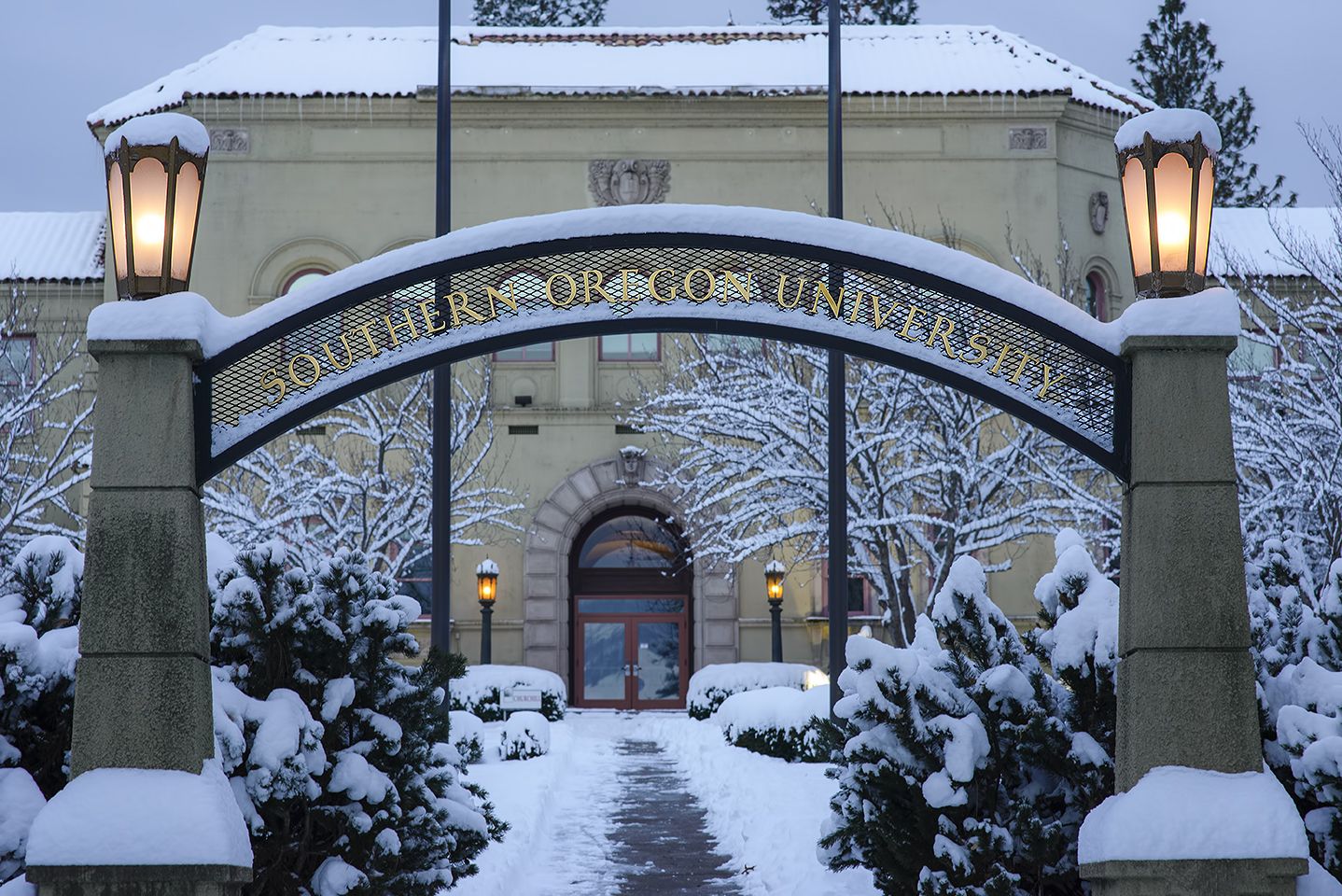
Tuition and Other College Expenses
The in-state tuition and fees for Southern Oregon University undergraduates are $9,287 as stated on their website. The room and board fees add a lot to the total if you were to use their “Greensprings” housing with meals plan. The estimated annual cost for books and supplies is $1,000.
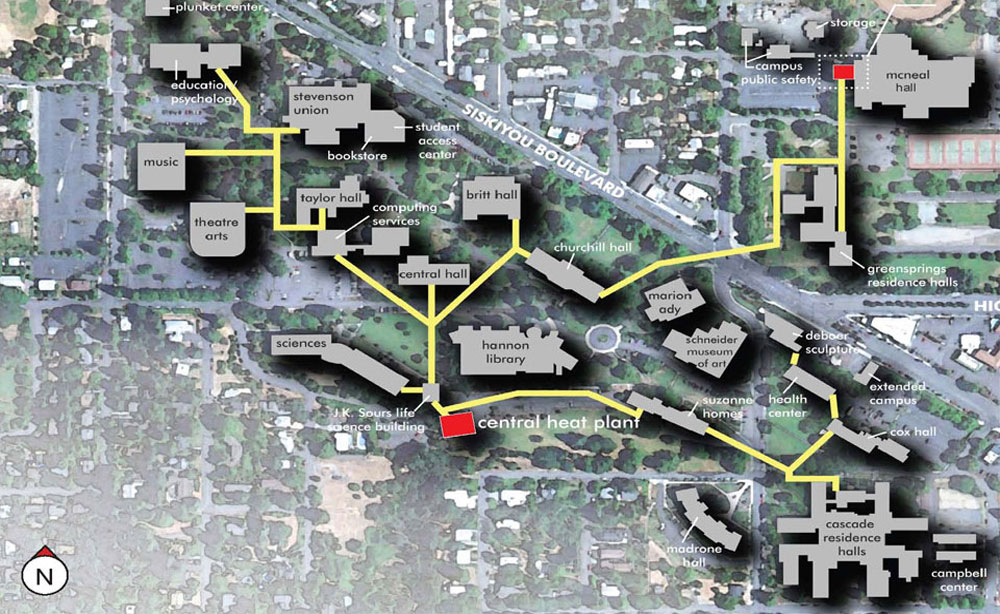
Living Expenses
The cost of living in Southern Oregon University’s “Greensprings” housing (and receiving meals) is $12,540. For their “Shasta” housing (and meals), it costs $13,440. But I will not be using these expensive housing and meals plans, and instead will continue to live with my family until graduation since the university is quite nearby already.
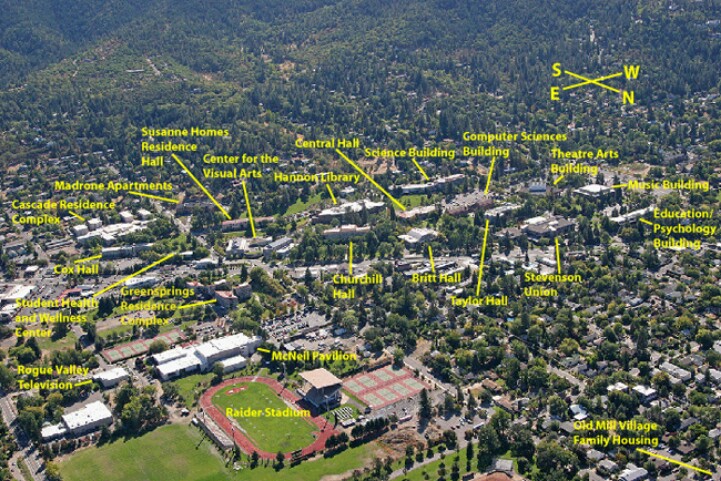
Budget Outline
|
$9,287 $0 $1,500 $1,000 $800 $1,200 $13,787 |
Tuition (In-State) Housing with Family (Off-Campus) Meals Books and Supplies Personal Expenses Transportation Total |

Crater Foundation Scholarship
The Crater Foundation is a non-profit organization that was established in the year 1992 to aid graduating students in District 6. The foundation provides scholarship assistance to all graduating Seniors at Crater High School who apply for one. They also provide scholarship assistance to students continuing their education (after completing at least one year of college), provide financial aid to students and families in need, supply funds to purchase necessary items such as coats, shoes, school supplies, and classroom materials. The Crater Foundation also helps out by funding special building projects and athletic facility improvements involved with the district. All of the funds used are provided by individuals, families, businesses, organizations, alumni, and district employees. The Crater Foundation has now awarded over $4 million in scholarships to more than 4,000 Crater High graduates, which is absolutely incredible for both them and all of the students they have helped.
In order to be eligible to receive the Crater Foundation Scholarship, all you must do is fill out and turn in the required application that applies for the scholarship itself by the set due date and be a graduating student of Crater High School. When concerning myself, I do qualify for the Crater Foundation Scholarship because I completed the application for it all, turned it in by the deadline, and will be graduating from Crater High School by June of 2018.

OSAC Scholarships
The Oregon Office of Student Access and Completion, or OSAC, is a government office that administers student financial aid programs. In Oregon, they also regulate and authorize the granting of degrees by private educational institutions located in the state. They give the students of Oregon access to more than $18 million in Oregon scholarships, which consists of a catalog containing over 500 scholarships. The astonishing part about it all is that the whole entire process is done with the completion of just a single application. OSAC then takes that single application from the individual and runs it through their list of scholarships. Recommended ones are then offered to the individual and allow them to pick and choose which they feel they qualify for and finally apply for them. Lastly, some scholarships will require an essay or some other information concerning how they will choose the students for the particular scholarship. OSAC practically does the searching of the eligible scholarships for you. It’s super easy and simple to do!
All the students must do in order to qualify and be eligible to receive those scholarships that they meet the criteria of is fill out the OSAC application form and confirm that it is complete. Once the application is filled out and confirmed as “complete”, OSAC will put it through their normal process of finding scholarships applicable to the students and then send back the recommended scholarships for them. After finishing that, the last thing the students has to do is look through these scholarships, find the ones that they are qualified for, and click “apply”. If a certain scholarship requires any extra information or an essay, then the student must complete this request in order to completely apply for it. For me, I am qualified and eligible to receive the scholarships that I applied for through the OSAC program because I did indeed complete this whole process.
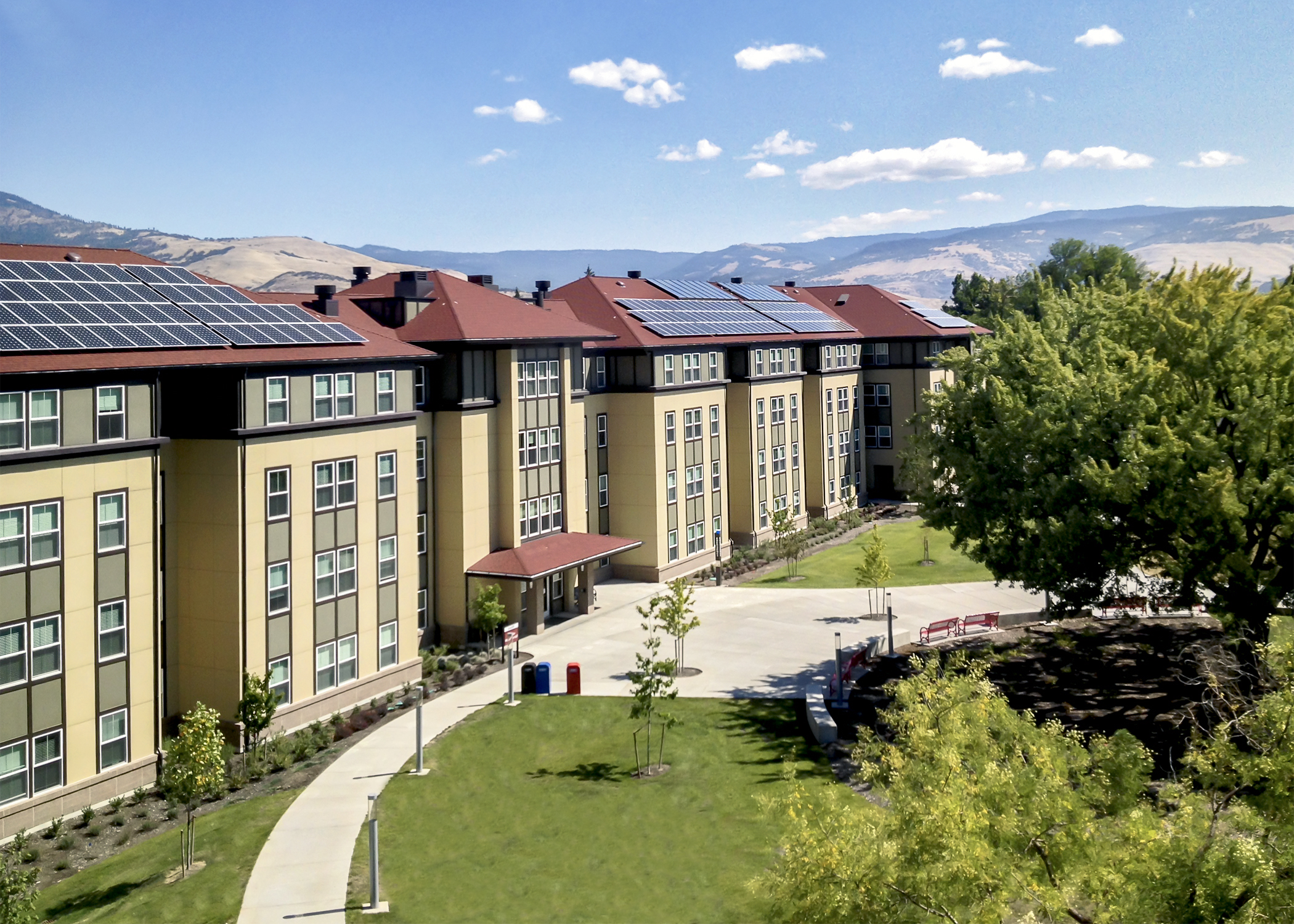
Ford Scholars Scholarship
The Ford Scholars scholarship is offered by the Ford Family Foundation, a private, non-profit foundation founded in 1957 and based in Roseburg, Oregon. Roseburg is located in southern Oregon at the intersection of the North Umpqua River and the South Umpqua River—timber country. The main function of the Foundation is to offer scholarships and organize vast, central programs. The Foundation also generates and provides grants to public charities that predominantly advance communities in rural Oregon and Siskiyou County, California. On the about page of the foundation’s website, they state “[their] heritage comes from such communities and the men and women who created them.” Lastly, the Ford Family Foundation’s mission is to assist in building a place that is home to “successful citizens and vital rural communities.”
In order to qualify for the Ford Scholars scholarship, the individual must be a resident of Oregon or Siskiyou County, California. They also must either be a graduating high school senior, high school graduate, or GED recipient. If the individual does not meet this criterion, they could still be eligible for the scholarship if they are a community college student who will be transferring to a 4-year college as a junior in the fall of the application year (unless full time at a 4-year college has already started). The individual must plan to work toward a bachelor's degree at a public or private (not-for-profit) college or community college based in his/her home state of Oregon or California, must enroll full time, on-campus, in the fall of the application year, and must carry a 3.00+ (unweighted) cumulative high school/college GPA or a 700 + GED score (or 2650+ for 2002-2013 score)—if the individual does not meet the minimum GPA or GED requirement, there will be an additional document requirement. The final requirements consist of having the FAFSA document completed (based on financial need and must meet Expected Family Contribution limitations) and also having no felony convictions or has satisfied the terms of any felony convictions by August 1 of the application year. I myself meet each section of the criteria and have completed every document required, making me an eligible candidate for the scholarship.

Wayne Morse Legacy Scholarship
The Wayne Morse Legacy scholarship is provided by the Wayne Morse Historical Park Corporation, a non-profit organization established in 1975. The organization promotes awareness of Wayne Morse’s legacies and stewardship for historical resources at Wayne Morse Family Farm Park. They most likely want to spread the wealth of Wayne Morse to help students with school and his example......
The requirements for the Wayne Morse Legacy scholarship are: be a graduate (including GED recipients and home-schooled graduates) of Oregon high schools, be a U.S. citizen, bear a 2.80+ GPA, only attend an Oregon public or nonprofit college, enroll at least half-time, and complete the FAFSA (financial need may or may not be considered). The final requirement is an essay where the individual must write about how the example of Senator Wayne Morse may inspire actions and goals done by them. In the end, I am qualified for the scholarship because I fulfill each requirement, typed up the essay, and applied for it!
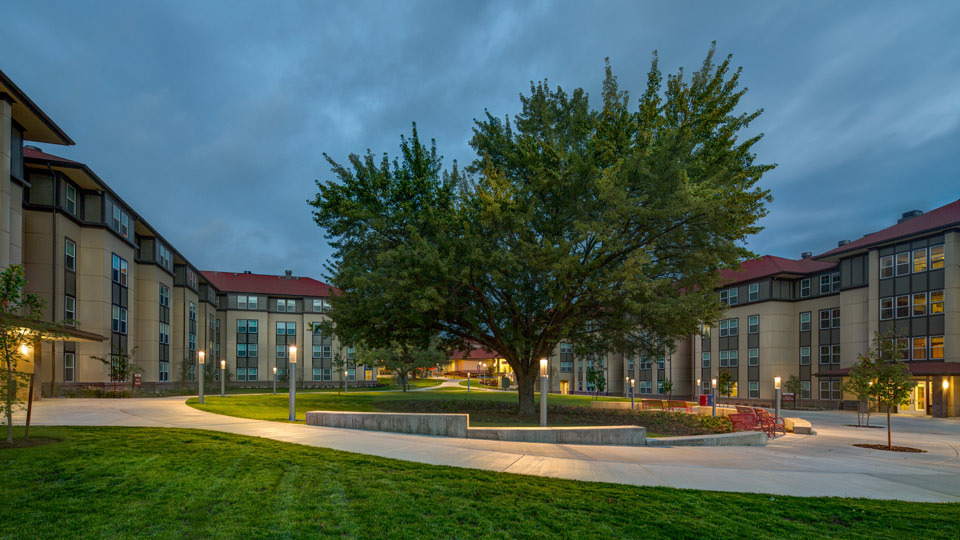
Southern Oregon University Scholarships
The scholarship program that SOU has is described as a program that has merit-based and need-based scholarships available. Some are awarded based on the information provided in the application for submission and others will require additional information. From what I have learned so far, it seems that the Southern Oregon University scholarship program is similar to the OSAC program in the sense that they both take an application (as well as any extra required information for certain scholarships) and run it through their list of scholarships, matching up any that the student is qualified for and allow them to apply for those particular ones.
To qualify for the scholarships that Southern Oregon University has to offer, the Free Application for Federal Student Aid (FAFSA) and the Southern Online Scholarship Application (SOSA) must be completed. The deadline for finishing everything is March 15 and if the application for admission is received really close to the SOSA deadline, the application may not be processed in time for SOSA consideration.
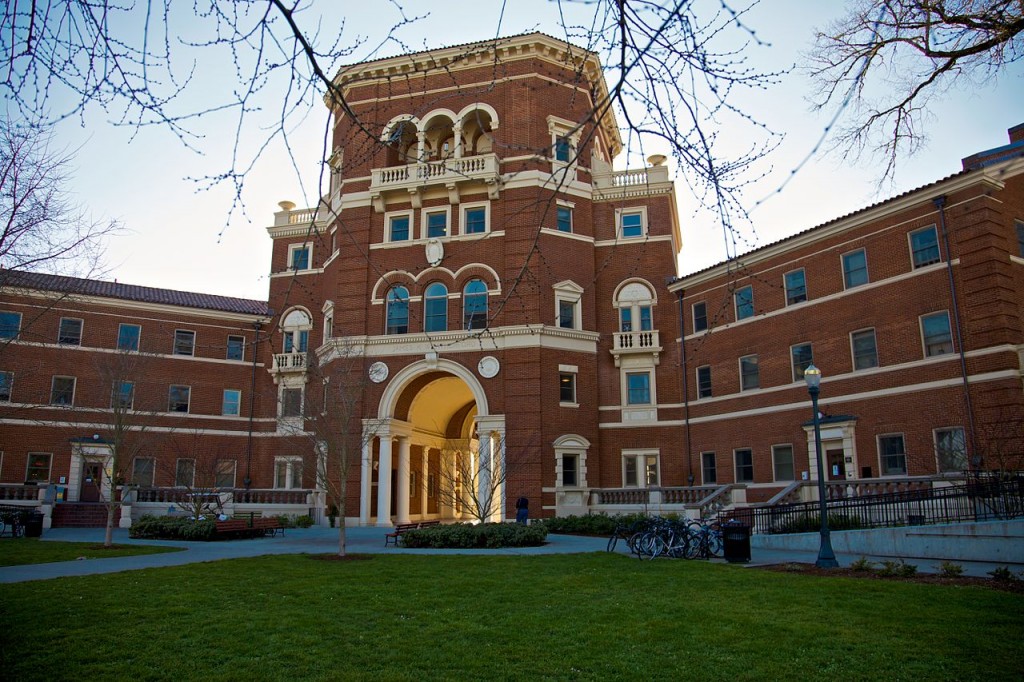
WORK-STUDY
About
The work-study program at Southern Oregon University can be found under their “enrollment” and “financial aid” pages at inside.sou.edu (there is also a page on “student employment” that is a similar route to the same conclusion). The two types of on-campus student employment are “non work-study” (standard) — temporary, hourly, part-time jobs 100% funded by colleges and departments — and “federal work-study” (FWS) — a "need-based" financial aid program constructed to help students earn money and pay their expenses in college. From what I have researched so far on their work-study program, SOU houses different departments that offer jobs to students who apply for them. They use an application named “Handshake” to connect everyone and “find jobs better, together.” Since I do not have a Handshake account at the moment to view each department and their offering jobs, I will be unable to discuss any of them currently.
Pay
Southern Oregon University’s work-study program will pay no less than Oregon's minimum wage and up to $3,000 per year. The pay can be increased above minimum wage if the student is exceeding expectations and showing incredible experience, knowledge, and skill in the workplace.
Hours
The University’s website states that student education should not be interfered by employment so they should not work a job during their scheduled classes or examinations. Students should also not work more than 20 hours per week when they are attending classes. Their data shows that the average amount of time worked per week for students 10 to 20 hours. It is allowed that a student works multiple jobs, but the total hours of working those jobs should not outpace the limits previously stated. The time that students work at their jobs is either tracked by the TKTalk system (an automated process for recording work activity over the phone) or a time sheet manually.
Eligibility
For standard work-study, it is required that the student is enrolled for at least 6 credit hours during the fall, winter, and spring terms. If they either registered for at least 6 credit hours during summer, 6 credit hours in the previous spring term, or 6 credit hours for the upcoming fall term, then they could also work as student employees in the summer term.
For federal work-study, it is required that the student files a FAFSA each year, establishes FWS eligibility the Financial Aid Office uses, and must meet additional Federal requirements.
My Eligibility
Once I choose which path I would like to travel through (if any) and follow all of the steps required to find employment and go through the hiring process, I will display myself as an eligible student who will hopefully get to complete the employment paperwork, finish the employment information, and finally get the job I was wishing for.

GRANTS
About
Southern Oregon University offers a variety of different grant programs, all determined by financial need. What differentiates a grant from a loan is that grants do not have to be repaid. In general, there are two types of Pell grants. A Pell Grant is a principal federal grant that is basically a subsidy (aid/support) the United States federal government provides to students who are in need of assistance when it comes to paying for college expenses while a Federal Pell Grant is almost the same exact thing but limited to only students with financial need, who have not earned their first bachelor's degree or are enrolled in certain post-baccalaureate programs, through participating institutions.
Maximum Amount
|
Max/Year $5,920 $1,000 $2,250 $3,728 |
All Grants of Southern Oregon University Federal Pell Grant Federal Supplemental Educational Opportunity Grant (FSEOG) Oregon Opportunity Grant TEACH Grant (Teacher Education Assistance for College and Higher Education) |
Eligibility
When it comes to eligibility, the main requirement I come across everywhere I go online is to get your Expected Family Contribution (EFC) by filling out the FAFSA. Now, I do meet the criteria for being eligible for this grant in the sense that I have filled out my FAFSA, but my received EFC score from completing the FAFSA will most likely not qualify me for the grant.

FEDERAL DIRECT UNSUBSIDIZED STAFFORD LOAN
About
A Federal Direct Unsubsidized Stafford Loan is a student loan that is available to both undergraduate and graduate students through Southern Oregon University’s “Federal Direct Loan Program”. In order to receive a Federal Direct Loan, the applying student must complete a Master Promissory Note (MPN) and entrance counseling. This particular loan is available to those who are not eligible for “need” based Federal Direct Subsidized Loans or those who do not qualify for the full Federal Direct Subsidized Loan amount. The loan amount cannot be more than the difference between the cost of attendance (COA) and any financial assistance from the school and/or any outside source (including the subsidized Federal Direct Stafford Loan). Lastly, interest on the Federal Direct Unsubsidized Loan will increase while the student is attending school and also during the six-month grace period before the repayment begins.
Maximum Amount (Dependent Undergraduate Students)
|
Credits Needed 0-44 45-89 90+ |
Year in School Freshman Sophomore Junior/Senior |
Annual Limit $5,500 ($3,500 can be Subsidized) $6,500 ($4,500 can be Subsidized) $7,500 ($5,500 can be Subsidized) |
Maximum Amount (Independent Undergraduate Students)
|
Credits Needed 0-44 45-89 90+ |
Year in School Freshman Sophomore Junior/Senior |
Annual Limit $9,500 ($3,500 can be Subsidized) $10,500 ($4,500 can be Subsidized) $12,500 ($5,500 can be Subsidized) |
Current Interest Rate
|
Loan Fee 4.276% 4.264% |
First Disbursement Date On or after Oct. 1, 2016, and before Oct. 1, 2017 On or after Oct. 1, 2017, and before Oct. 1, 2018 |
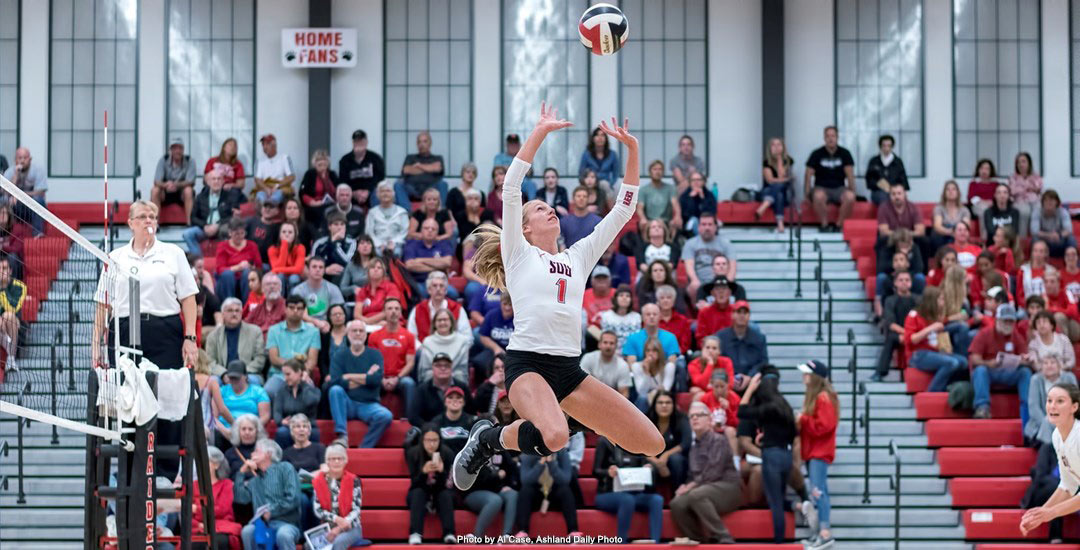
PARENT PLUS LOAN
About
A Parent PLUS Loan is the next step up from a Federal Direct Parent Loan for undergraduate students, which is available to parents of dependent undergraduate students. Overall, the loan is to help parents pay for their children’s college or career school expenses. In order to qualify for the Direct PLUS loan and be eligible to receive it, they require that a parent completes the Parent PLUS Loan application and Master Promissory Note (MPN) online.
Maximum Amount
Total Cost of Attendance - Total Student Aid = Parent PLUS Award Amount
The loan maximum cannot exceed the total cost of attendance (budget) minus any other financial aid received (including any Subsidized, Unsubsidized Federal Direct Loans the student is receiving).
Current Interest Rate
|
Borrower Type Undergraduate Undergraduate Graduate or Professional Parents and Graduate or Professional Students |
Loan Type Direct Subsidized Loans Direct Unsubsidized Loans Direct Unsubsidized Loans Direct PLUS Loans |
Loans first disbursed on or after 7/1/17 and before 7/1/18 4.45% 4.45% 6% 7% |






